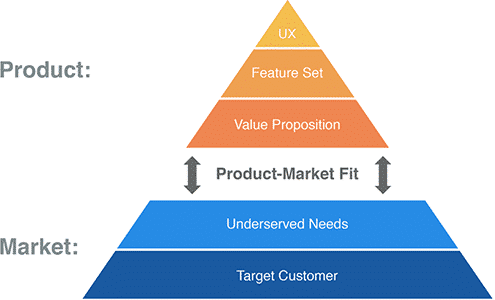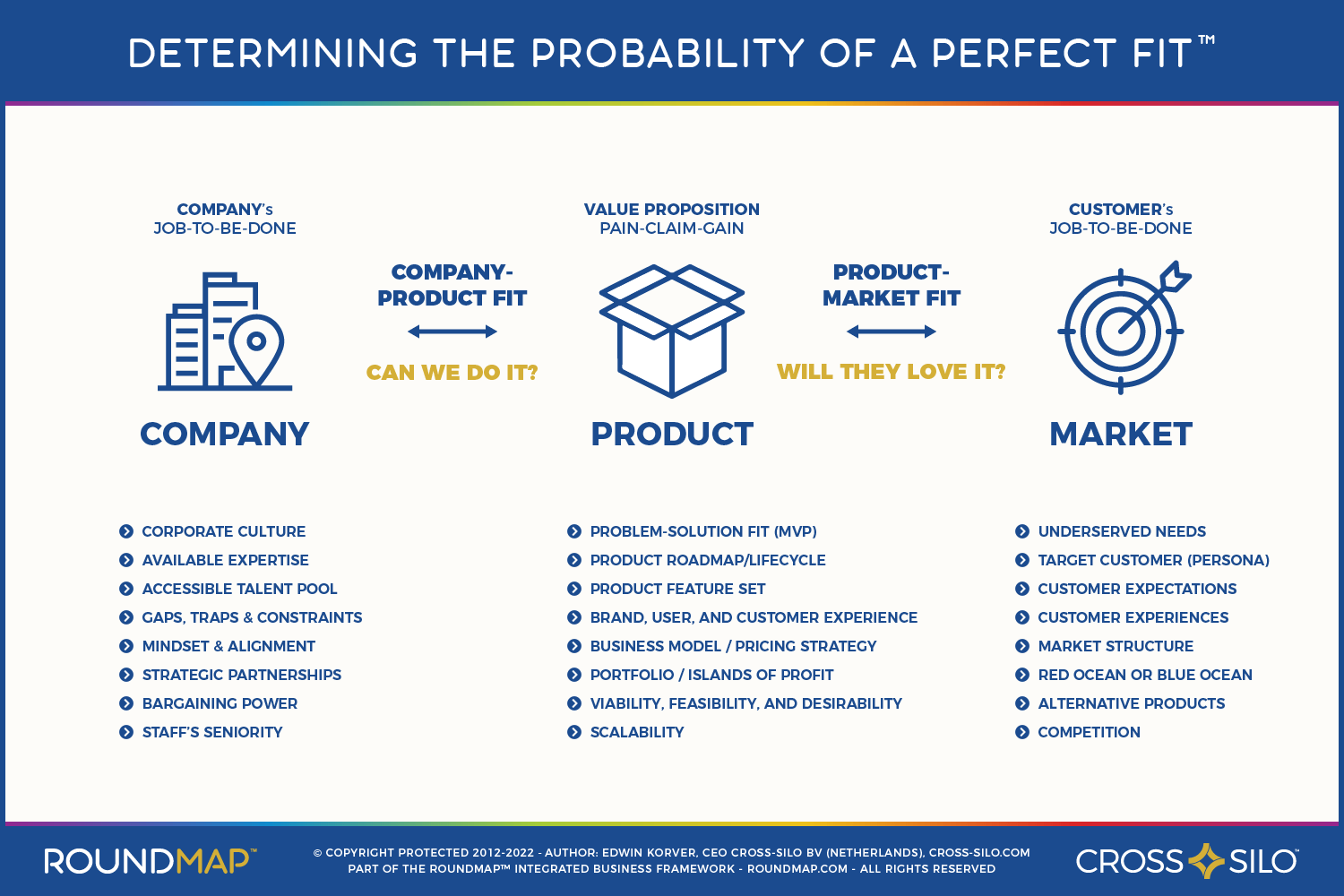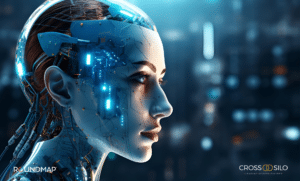There has been a lot of talk about achieving product-market fit ever since the concept was introduced by Marc Andreessen in 2007. But what about the company that delivers the product? Can the company obtain a big enough market to achieve profitability, and can it actually satisfy that market?
Product-market fit describes a scenario in which a company’s target customers are buying, using, and telling others about the company’s product in numbers large enough to sustain that product’s growth and profitability. It’s a scenario in which a product satisfies customer needs so that alternative products do not.

Marc Andreessen believes companies who have achieved this ideal state can sense it because ‘money is piling up, and investment bankers are staking out the company’. On the other hand, companies who haven’t achieved Product-Market Fit can sense it, too, because word of mouth isn’t spreading, deals aren’t closing, and press reviews are flat.
What About Company Fitness?
You may have found the ideal product and an underserved market segment, but does the supplier’s organization fit the product? And can the supplier’s organization deliver on its promise to a certain market? When is an opportunity fit for the company?
Whether a product-market fit is good for the company, in my opinion, deserves quite a bit more attention than it usually gets. Andreessen addressed the issue by distinguishing between two key stages: before product-market fit (BPMF) and after product-market fit (APMF).
Before you develop a product that enough people are willing to pay for, your team cannot afford to focus on other important strategic objectives such as growth or upselling existing users. Those initiatives could even be counterproductive.
So, consider your options carefully before you decide to upscale the business. Do you want to add the product to your existing portfolio or create a separate business unit? Can you benefit from shared or untapped business resources or are you overstretching or overcommitting them? Or do you want to spin out a whole new business venture? Or even license the idea to a third party and obtain a kickback?
The next image is a first attempt to describe some of the issues related to determining the probability of what I would like to call a Perfect Fit.
Business Lessons: To LED or Not?
During one of my interim assignments, a company employee told me he needed to attend a course to learn about LED technology and how to design a lighting plan for buildings. I was puzzled because my client’s core business was selling software licenses, and to my knowledge, nobody had any relevant knowledge of LED technology or knew how to engage with building designers.
So I asked the CEO why he had selected this ‘exotic’ product line. He found it an opportunity because he could buy LED lighting and fixtures cheaply, allowing the business to make a solid profit. But without any expertise or relevant capabilities, I asked, wasn’t he concerned with the huge capabilities gap? After all, this was a complete diversification from the core business.
“Yes,” he replied, “that’s why I’ve sent them on a course.”
The next day, I noticed that people were in shock. They realized that they knew nothing about the product, the technology, or the market and had no idea what was expected of them, let alone consider their competencies to fit the new functional requirements. Luckily, I managed to talk the CEO out of it.
Years later, the CEO decided to introduce the LED business after all. However, they could not make the product line profitable. More importantly, by requiring frontline employees to sell and support a wide range of products and services, none of the product lines matured, and the business went bankrupt.
This story highlights the importance of aligning your business strategy with your core competencies. While diversification can be tempting, it’s essential to ensure that you have the necessary skills and resources to support it. Otherwise, you risk spreading yourself too thin and losing sight of your core business. You can create a sustainable and profitable business model by focusing on your strengths and building on them.
Author
-
Edwin Korver is a polymath celebrated for his mastery of systems thinking and integral philosophy, particularly in intricate business transformations. His company, CROSS/SILO, embodies his unwavering belief in the interdependence of stakeholders and the pivotal role of value creation in fostering growth, complemented by the power of storytelling to convey that value. Edwin pioneered the RoundMap®, an all-encompassing business framework. He envisions a future where business harmonizes profit with compassion, common sense, and EQuitability, a vision he explores further in his forthcoming book, "Leading from the Whole."
View all posts Creator of RoundMap® | CEO, CROSS-SILO.COM






